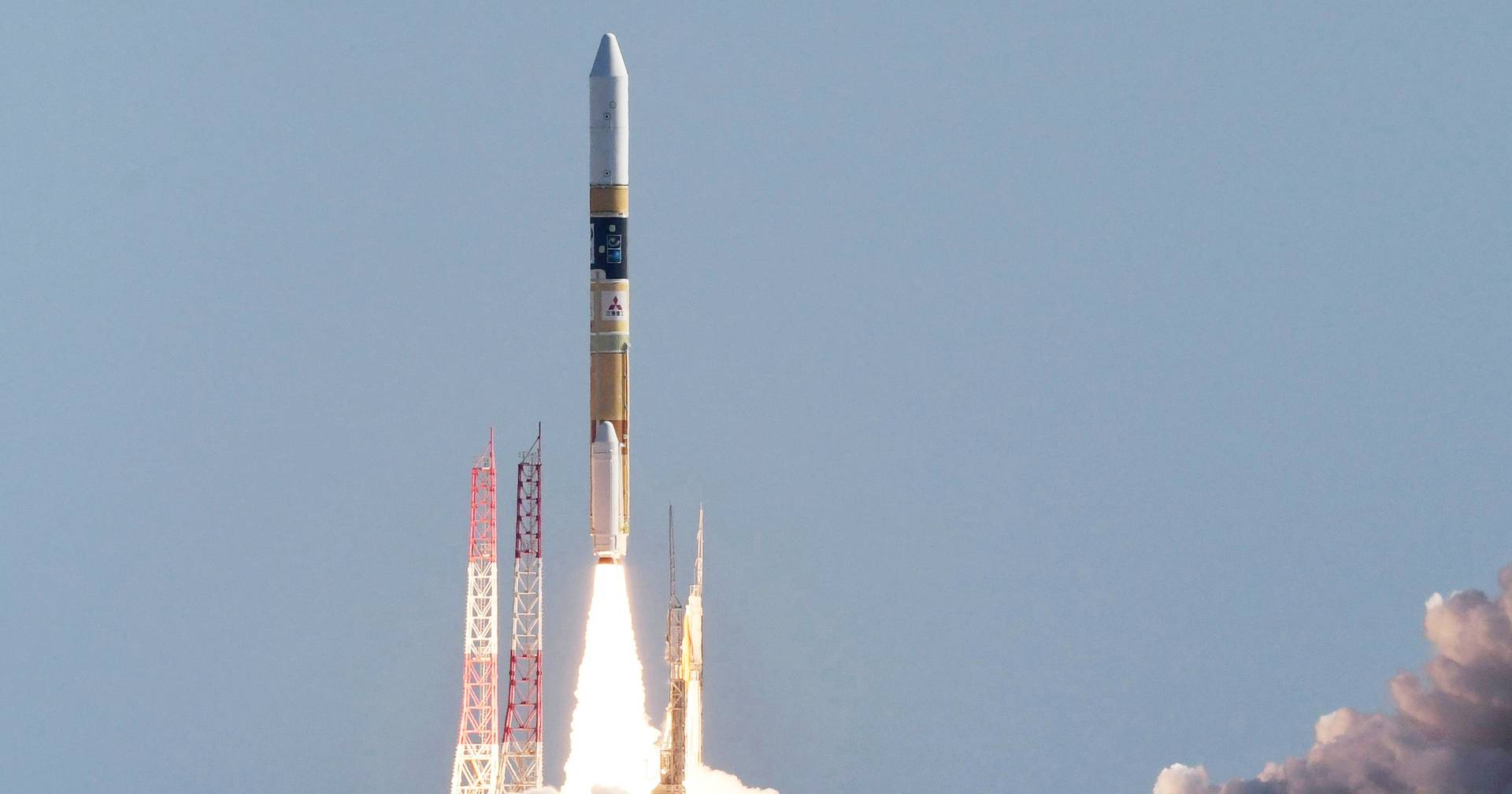A rocket carrying the SLIM lunar probe, with which Japan intends to carry out the country’s first landing, took off on Thursday, after three Postponements since the end of August due to unfavorable weather conditions.
According to the live broadcast of the launch, the 47th H2A missile, operated by Mitsubishi Heavy Industries, deployed as scheduled, at 8:42 am (0:42 am Lisbon time), from a base in Tanegashima, in the southwest of the country. .
The SLIM lunar probe successfully separated from the H2A rocket, which is 53 meters long and four meters in diameter, about 45 minutes after liftoff, triggering an explosion of joy and applause in the control center.
The probe, dubbed “Moon Sniper”, is due to enter Earth’s natural satellite orbit in about three or four months and should land in about six months.
The satellite said SLIM will attempt to land near Crater Xioli, near the lunar equator, in the “most accurate landing” yet. Japan Aerospace Exploration Agency (JAXA, its English abbreviation).
JAXA intends to land at a SLIM distance of a maximum of 100 meters from the target, to avoid steep slopes and uneven terrain, not least because areas suitable for exploration of the Moon’s polar regions are “limited to a very small area”.
If you can land on the moon Japan will be the fifth country to do soThe data obtained will be used in the international Artemis project in North America, which aims to land astronauts on the moon and, eventually, explore Mars.
In August, India succeeded in landing its first spacecraft on the moon, joining the United States, the Soviet Union and China.
Russia, for its part, has just failed in another attempt, as its Luna-25 probe crashed on August 19 into lunar soil.
H2A’s takeoff was watched live by more than 35,000 people on YouTube, a sign of the excitement generated by this dual mission.
H2A also carried a new X-ray space-observing satellite, called XRISM, into Earth orbit 13 minutes after launch to investigate the evolution of the universe and space-time.
The satellite will explore the winds of plasma gases that blow through galaxies, the remnants of the birth and death of stars. Studying the X-rays emitted by this gas can help map how it spreads through the universe.
The mission also aims to measure the X-ray light emitted by extremely dense objects, such as the black holes at the centers of some galaxies, to help understand how space-time warps around them and how it affects galaxies.
XRISM was developed jointly with the US Space Agency NASAmarking an important development in the Japanese satellite programme.

“Coffee trailblazer. Social media ninja. Unapologetic web guru. Friendly music fan. Alcohol fanatic.”

